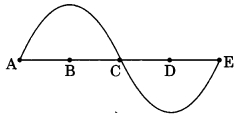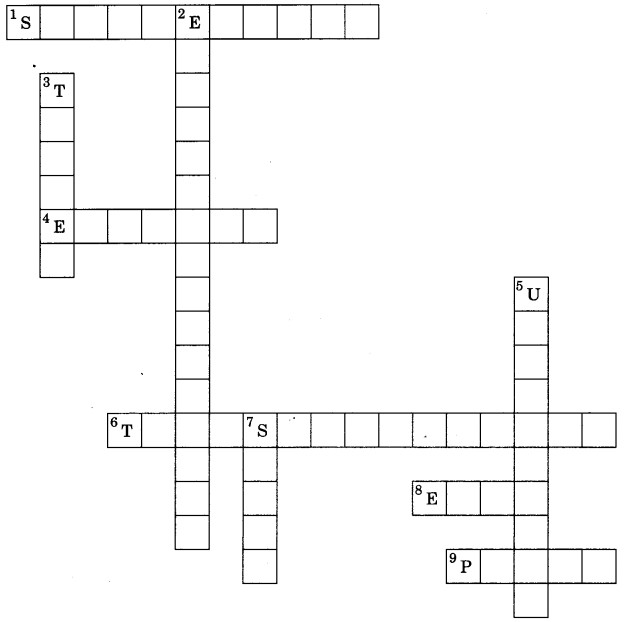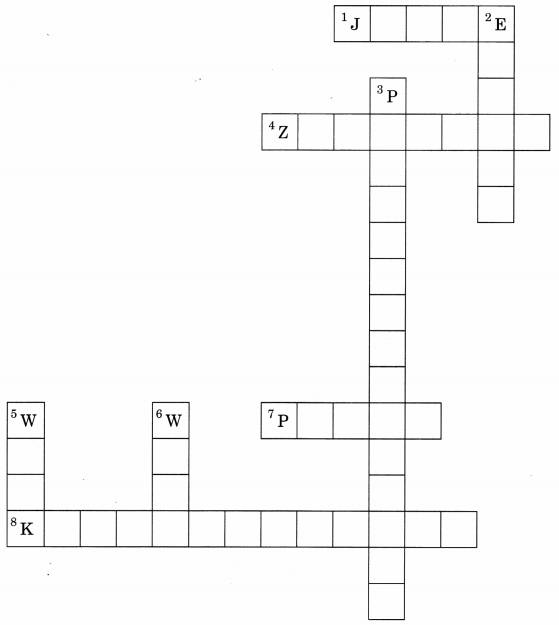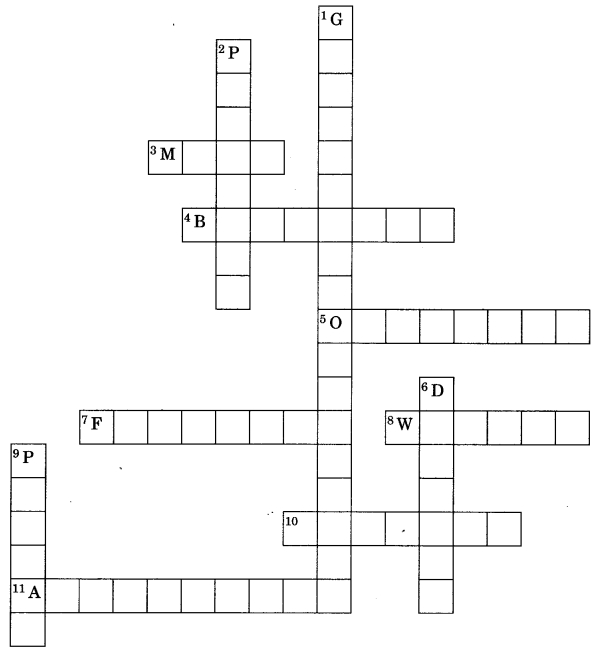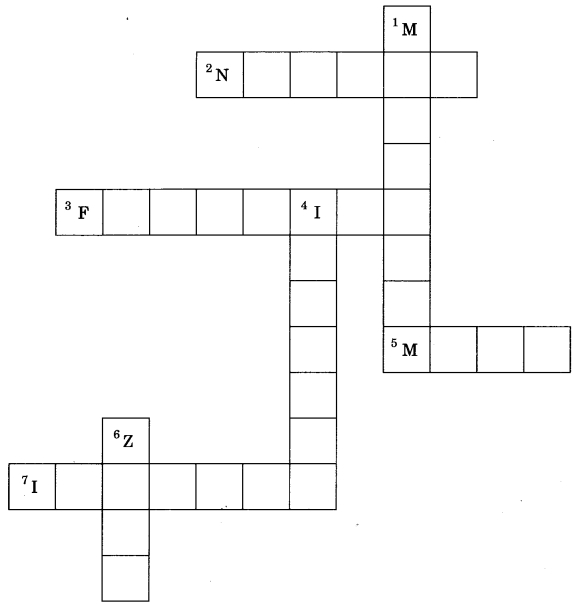Check the below NCERT MCQ Questions for Class 9 Science Chapter 13 Why do we Fall Ill with Answers Pdf free download. MCQ Questions for Class 9 Science with Answers were prepared based on the latest exam pattern. We have Provided Why do we Fall Ill Class 9 Science MCQs Questions with Answers to help students understand the concept very well. https://mcqquestions.guru/mcq-questions-for-class-9-science-chapter-13/
You can refer to NCERT Solutions for Class 9 Science Chapter 13 Why do we Fall Ill to revise the concepts in the syllabus effectively and improve your chances of securing high marks in your board exams.
Why do we Fall Ill Class 9 MCQs Questions with Answers
Why Do We Fall Ill Class 9 MCQ Question 1.
Which one of the following is not a viral disease?
(a) Dengue
(b) AIDS
(c) Typhoid
(d) Influenza
Answer
Answer: (c) Typhoid
Why Do We Fall Ill MCQ Question 2.
Which one of the following is not a bacterial disease?
(a) Cholera
(b) Tuberculosis
(c) Anthrax
(d) Influenza
Answer
Answer: (d) Influenza
Class 9 Why Do We Fall Ill MCQ Question 3.
Which one of the following disease is not transmitted by mosquito?
(a) Brain fever
(b) Malaria
(c) Typhoid
(d) Dengue
Answer
Answer: (c) Typhoid
Class 9 Science Chapter 13 MCQ Question 4.
Which one of the following disease is not caused by bacteria?
(a) Typhoid
(b) Anthrax
(c) Tuberculosis
(d) Malaria
Answer
Answer: (d) Malaria
Class 9 Science Why Do We Fall Ill MCQ With Answers Question 5.
Which one of the following diseases is caused by protozoans?
(a) Malaria
(b) Influenza
(c) AIDS
(d) Cholera
Answer
Answer: (a) Malaria
Why Do We Fall Ill Class 9 MCQs Question 6.
Which one of the following has a long term effect on the health of an individual?
(a) Common cold
(b) Chicken pox
(c) Chewing tobacco
(d) Stress
Answer
Answer: (c) Chewing tobacco
Why Do We Fall Ill MCQ Questions With Answers Question 7.
Which of the following can make you ill if you come in contact with an infected person?
(a) High blood pressure
(b) Genetic abnormalities
(c) Sneezing
(d) Blood cancer
Answer
Answer: (c) Sneezing
Why Do We Fall Ill MCQs Question 8.
AIDS cannot be transmitted by
(a) sexual contact
(b) hugs
(c) breast feeding
(d) blood transfusion
Answer
Answer: (b) hugs
Why Do We Fall Ill MCQ Class 9 Question 9.
Making anti-viral drugs is more difficult than making anti-bacterial medicines because
(a) viruses make use of host machinery
(b) viruses are on the border line of living and non-living
(c) viruses have very few biochemical mechanisms of their own
(d) viruses have a protein coat
Answer
Answer: (c) viruses have very few biochemical mechanisms of their own
Class 9 Science Ch 13 MCQ Question 10.
Which one of the following causes kala-azar?
(a) Ascaris
(b) Trypanosoma
(c) Leishmania
(d) Bacteria
Answer
Answer: (c) Leishmania
MCQ On Why Do We Fall Ill Question 11.
If you live in a overcrowded and poorly ventilated house, it is possible that you may suffer from which of the following diseases:
(a) Cancer
(b) AIDS
(c) Air borne diseases
(d) Cholera
Answer
Answer: (c) Air borne diseases
Ch 13 Science Class 9 MCQ Question 12.
Which disease is not transmitted by mosquitoes?
(a) Dengue
(b) Malaria
(c) Brain fever or encephalitis
(d) Pneumonia
Answer
Answer: (d) Pneumonia
Class 9 Science Chapter 13 MCQ With Answers Question 13.
Which one of the following is not important for individual health?
(a) Living in clean space
(b) Good economic condition
(c) Social equality and harmony
(d) Living in a large and well furnished house
Answer
Answer: (d) Living in a large and well furnished house
Why Do We Fall Ill Class 9 MCQ Pdf Question 14.
Choose the wrong statement.
(a) High blood pressure is caused by excessive weight and lack of exercise.
(b) Cancers can be caused by genetic abnormalities.
(c) Peptic ulcers are caused by eating acidic food.
(d) Acne in not caused by staphylococci.
Answer
Answer: (c) Peptic ulcers are caused by eating acidic food.
MCQ Of Ch 13 Class 9 Science Question 15.
We should not allow mosquitoes to breed in our surroundings because they
(a) multiply very fast and cause pollution
(b) are vectors for many diseases
(c) bite and cause skin diseases
(d) are not important insects
Answer
Answer: (b) are vectors for many diseases
Question 16.
You are aware of Polio Eradication Programme in your city. Children are vaccinated because
(а) vaccination kills the polio causing microorganisms
(b) prevents the entry of polio causing organism
(c) it creates immunity in the body
(d) all the above
Answer
Answer: (c) it creates immunity in the body
Question 17.
Viruses, which cause hepatitis, are transmitted through
(a) air
(b) water
(c) food
(d) personal contact
Answer
Answer: (b) water
Question 18.
Vectors can be defined as
(a) animals carry the infecting agents from sick person to another healthy person
(b) microorganisms which cause many diseases
(c) infected person
(d) diseased plants
Answer
Answer: (a) animals carry the infecting agents from sick person to another healthy person
Fill in the blanks
1. Pneumonia is an example of ……………. disease.
Answer
Answer: Communicable
2. Many skin diseases are caused by ………………
Answer
Answer: Fungi
3. Antibiotics commonly block biochemical pathways important for the growth of ……………..
Answer
Answer: Bacteria
4. Living organisms carrying the infecting agents from one person to another are called …………….
Answer
Answer: Vector
5. …………… disease continues for many days and causes effect the on body.
Answer
Answer: Chronic, long-term
6. ……………. disease continues for a few days and causes short term effect on the body.
Answer
Answer: Acute
7. …………… is defined as physical, mental and social well-being and comfort.
Answer
Answer: Health
8. Common cold is an ……………. disease.
Answer
Answer: Infectious
9. Many skin diseases are caused by …………….
Answer
Answer: Fungi
Match the following columns
| Column I | Column II |
| (a) Kala-azar | (i) Staphylococci |
| (b) Jaundice | (ii) Antibiotic |
| (c) Sleeping sickness | (iii) Female anopheles |
| (d) Acne | (iv) Sexually transmitted disease |
| (e) Virus | (v) Leishmania |
| (f) Vector | (vi) Trypanosoma |
| (g) Penicillin | (vii) Liver |
| (h) Plasmodium | (viii) SARS |
| (i) Syphilis | (ix) Malaria |
Answer
Answer:
| Column I | Column II |
| (a) Kala-azar | (v) Leishmania |
| (b) Jaundice | (vii) Liver |
| (c) Sleeping sickness | (vi) Trypanosoma |
| (d) Acne | (i) Staphylococci |
| (e) Virus | (viii) SARS |
| (f) Vector | (iii) Female anopheles |
| (g) Penicillin | (ii) Antibiotic |
| (h) Plasmodium | (ix) Malaria |
| (i) Syphilis | (iv) Sexually transmitted disease |
We hope the given NCERT MCQ Questions for Class 9 Science Chapter 13 Why do we Fall Ill with Answers Pdf free download will help you. If you have any queries regarding Why do we Fall Ill CBSE Class 9 Science MCQs Multiple Choice Questions with Answers, drop a comment below and we will get back to you soon.
